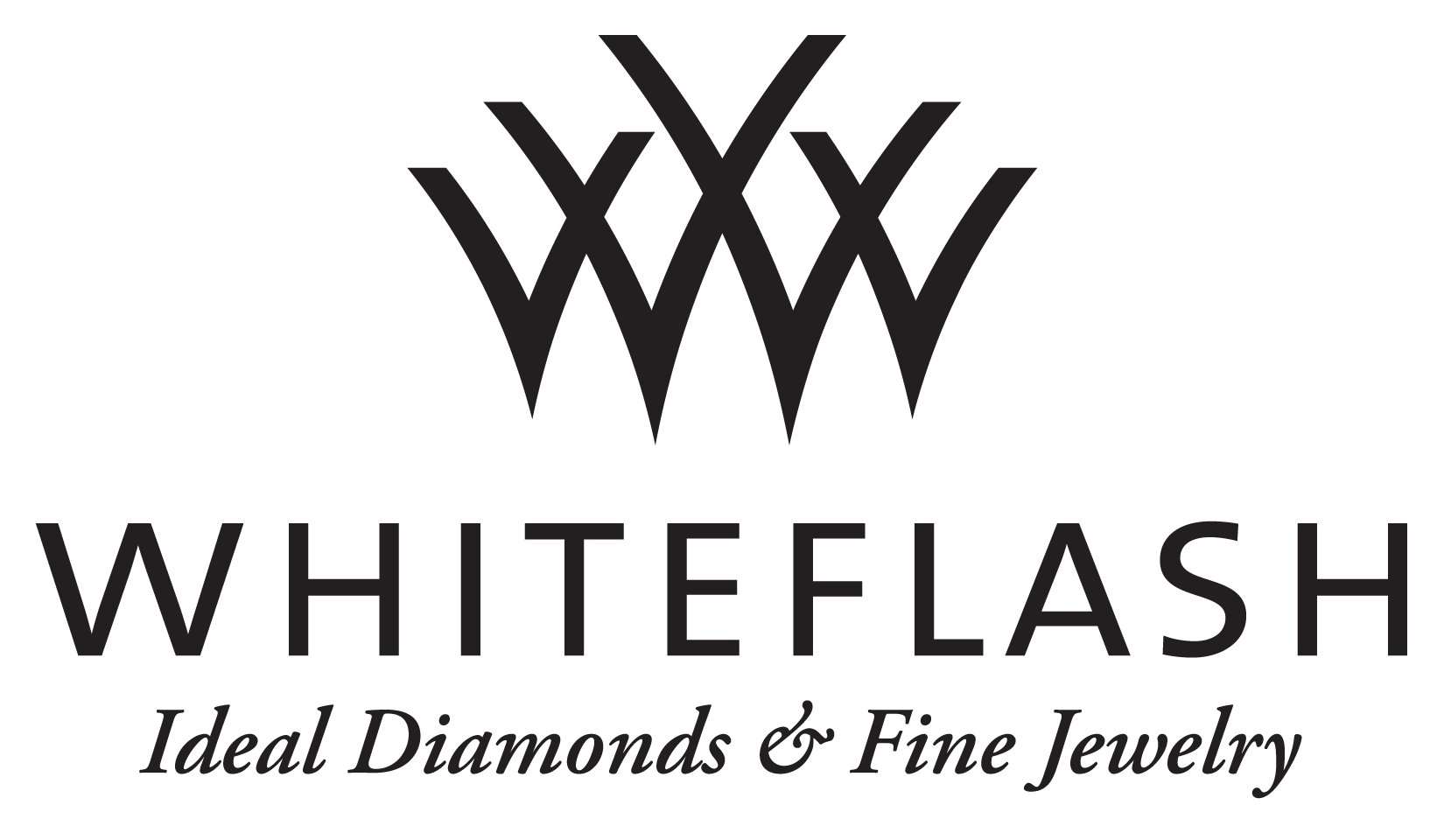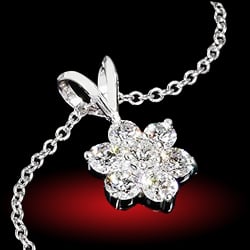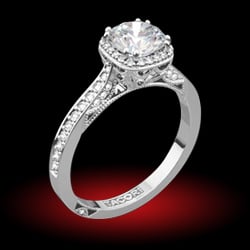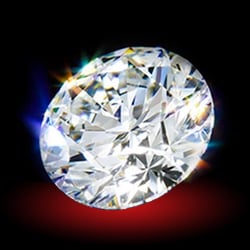sleeprequired
Shiny_Rock
- Joined
- May 10, 2012
- Messages
- 117
I was reading an article on GOG regarding star angles and lower girdle angles... i think i've got that down but the article also goes into the precision and consistency of the cut of all the facets.
so lets say a diamond has star angles of 51-51.6 and lower girdles of say 78.4 - 79.0. What would the real world effect be versus a stone with say 51.0 - 51.2 stars and say 78.8-79.0 ....
my question is what would the lack/increase in precision yield to a keen observer but not an EXPERT as such?
so lets say a diamond has star angles of 51-51.6 and lower girdles of say 78.4 - 79.0. What would the real world effect be versus a stone with say 51.0 - 51.2 stars and say 78.8-79.0 ....
my question is what would the lack/increase in precision yield to a keen observer but not an EXPERT as such?







300x240.png)